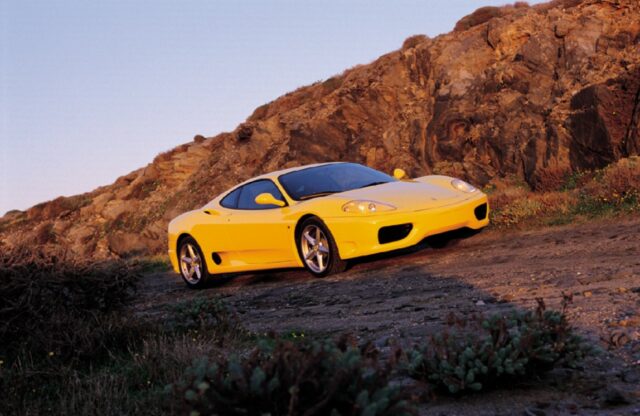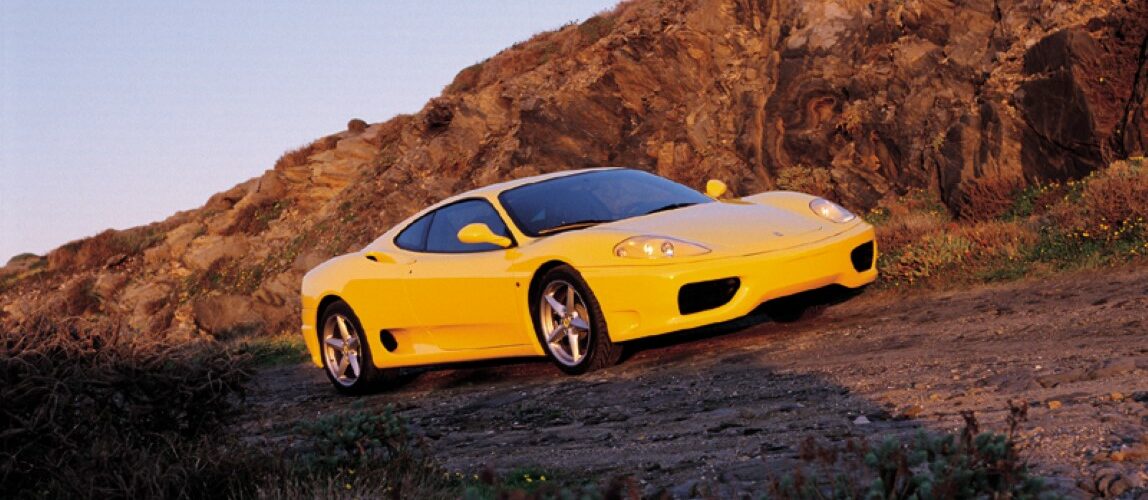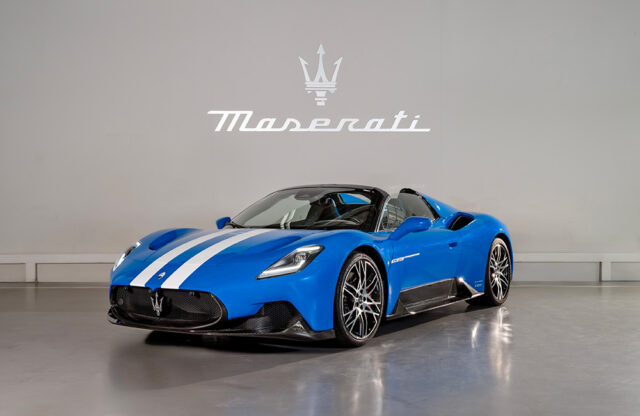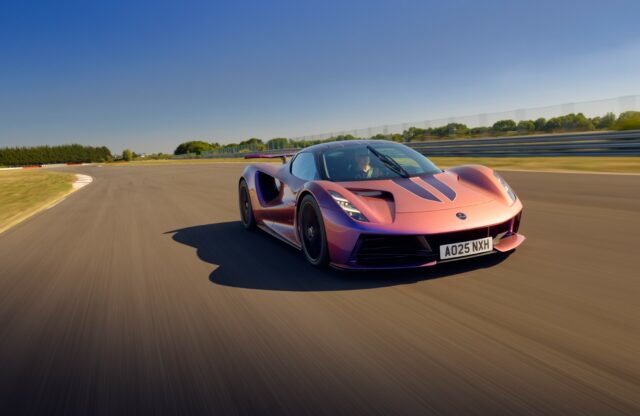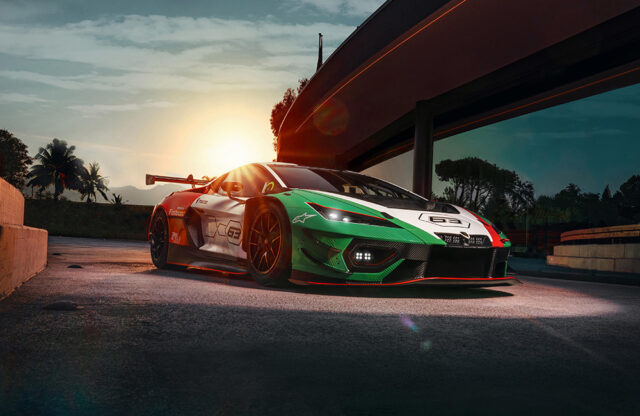WORDS: JOHN TALLODI | PHOTOS: FERRARI
How do you replace a Ferrari as universally adored as the F355? Revolution is the answer – and the 1999 360 Modena was a complete break from a styling tradition dating back to the 1970s. The Millennial Ferrari was here.
It sported a new, all-aluminium chassis, an electronically controlled suspension system and an advanced aerodynamic body. The 3.6-litre V8 was a development of the 3.5 unit found in the F355, and in standard form it produced 395bhp, swelling to 420bhp in the stripped-out 2003 Challenge Stradale. Between those two extremes was a Spider released in 2000. No targa top was offered this time.
The roll-out of the Formula 1-style electro-hydraulic manual gearbox was in full swing by this point, so fewer than 30 percent of owners specified the six-speed manual alternative.
While the 360 Modena introduced Ferrari owners to new levels of reliability and usability, the early cars did have some teething troubles nevertheless. As a consequence several potential pitfalls remain, but the better news is that prices have yet to soar into the stratosphere.
“It’s an iconic shape that’s getting better with age,” says Ashley Osbourne from SportsItalia. “It is a great driver’s car – the exhaust note from the naturally aspirated V8 and the sound of the manual gearbox through the gate are legendary.”
ENGINE AND GEARBOX
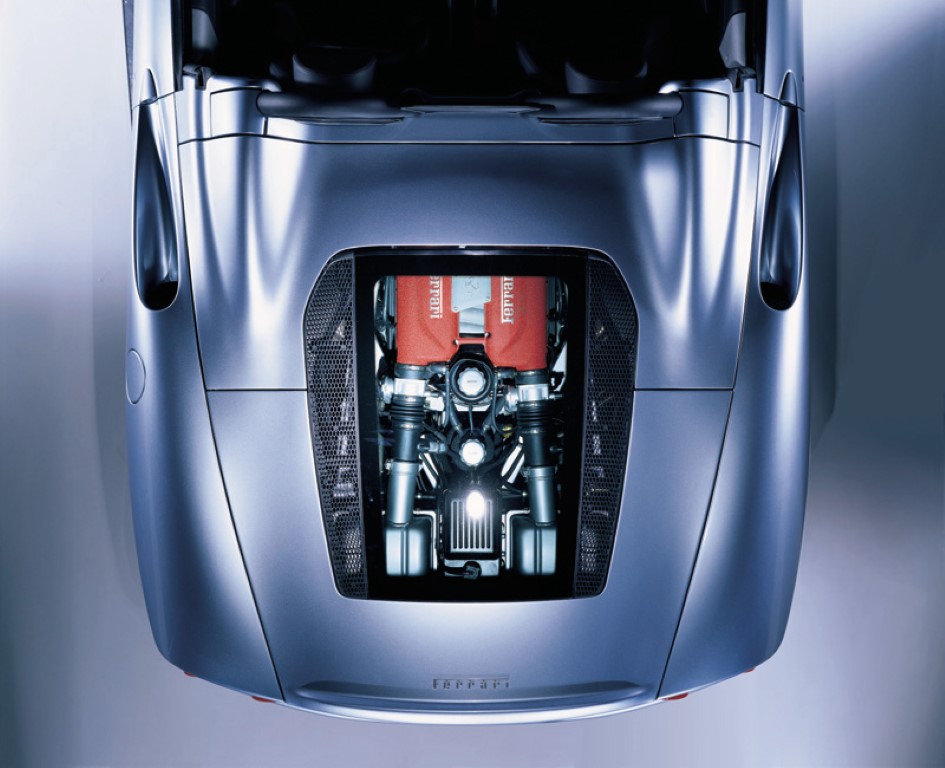
“They’re a very good car engine-wise, but make sure the cambelts have been done,” advises Ashley. “Sometimes the inlet-manifold butterfly rattles, and if the engine ECU has a problem they’re like hen’s teeth to find a replacement.”
Powerplants are robust and benefit from regular use. Electrics can become damaged if batteries run flat, so a decent trickle charger is a worthwhile investment. The dreaded, labour-intensive engine-out cambelt change that plagued earlier mid-engined Ferraris doesn’t apply here, and the resultant time saving greatly lowers overall maintenance costs. Budget on replacing the belt every three years.
Noisy tappets are normal when cold; if they persist, then it may be worth getting the engine inspected. Gaskets and cam covers can weep oil, so check for any leaks. Regular oil changes, every 6000 miles or annually, are vital. Hesitation at higher revs may suggest faulty ignition coils.
Early cars suffered from premature cam-variator failure. All should have been sorted at dealer level, but if you’re looking at a pre-2001 car ensure this has been attended to.
Both the manual and F1 automated ’boxes tend to be reliable if cared for. A single-plate clutch was used on both and lasts up to 30,000 miles. The F1 works well when driven hard, but can be jerky around town and the clutch wears out far quicker with extended use in stop-start traffic.
Manuals are better in this regard, but worn linkages can make it difficult to change between second and third gears. F1 ’boxes can leak from the hydraulic actuators, and damaged transmission mounts can cause changes to crunch.
SUSPENSION AND BRAKES
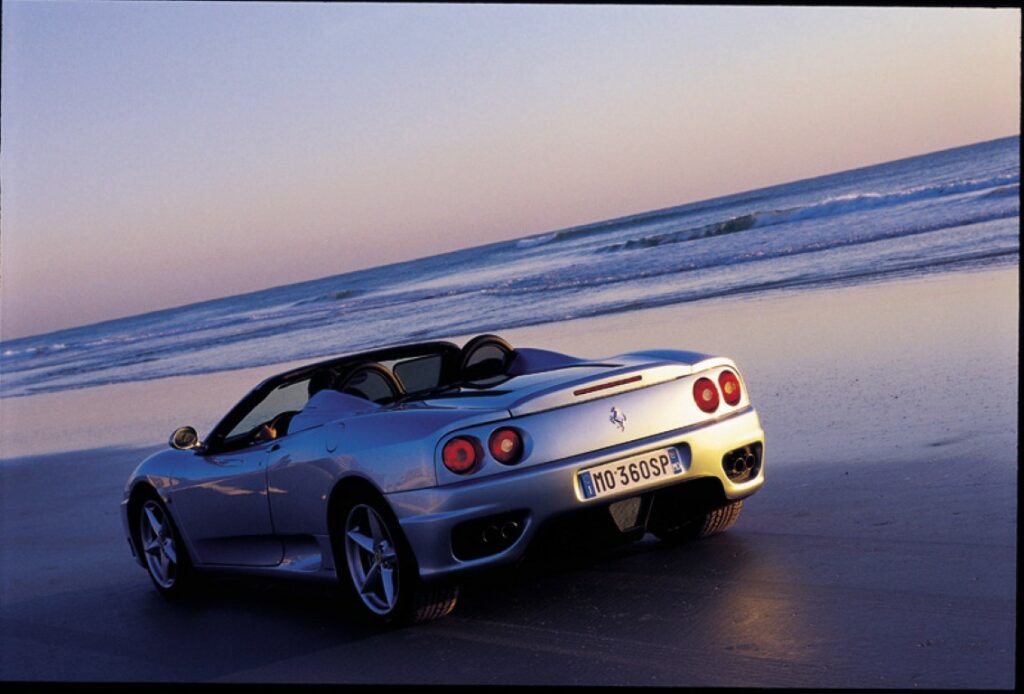
“Most of the 360’s issues concern the suspension set-up,” Ashley says. “Top and bottom ball-joints are very common problem areas, as are rear tie rods, front and rear. Hill Engineering produces upgraded ball-joints that last a long time.” You can expect the units to last around 10,000 miles – knocking noises over bumps indicate that replacement is due.
Modena and Spider models have steel brake discs and adaptive dampers. Both are hard wearing and should be relatively trouble free. If the steering wheel shudders under braking, the discs may be warped.
Challenge Stradale cars came with carbon-ceramic discs, which should last an extremely long time. “I’ve been doing this 19 years, and I’ve never changed ceramic discs for wear,” says Ashley. CS cars also came with 19-inch alloys, which can be retrofitted to the standard Modena, but at the sacrifice of ride quality. “If you put the CS wheels on, you have to also use the titanium bolts,” Ashley adds.
BODYWORK AND INTERIOR
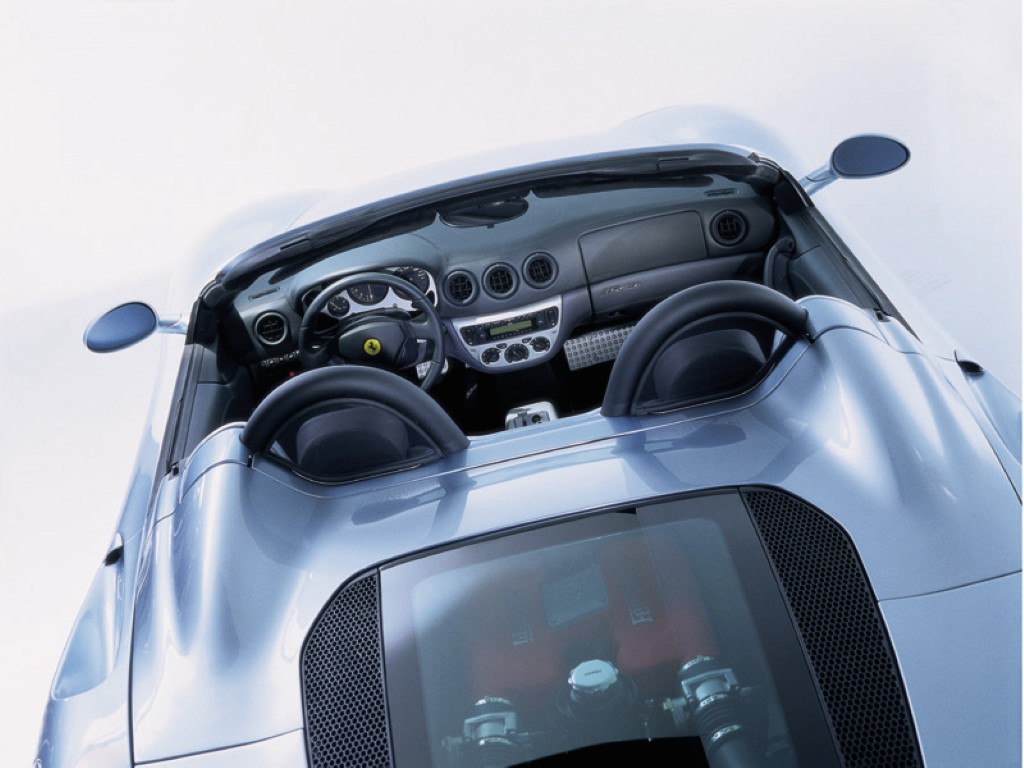
The 360 featured an aluminium bodyshell, but corrosion can still occur around the windscreen, side repeaters, centre of the nose and blocked drainage holes. “You can sometimes see it where the rear side-skirts meet the back quarter panel,” Ashley says.
The front bumpers tend to suffer from pitting due to stones, so some owners have applied a plastic protective film over the car’s nose to avoid a costly respray. The Challenge Stradale’s carbonfibre bonnet may be pricey to repair if damaged.
Inside, the leather seats tend to look good for years, other than the side bolsters, which show wear first. Some switches and buttons can start appearing tired over time. “The 360 can have sticky buttons – we remove them and send them to Poland for refinishing,” Ashley says. “It’s a two-grand job for the entire interior.”
Challenge Stradales offered far fewer luxuries, while Perspex windows and carbonfibre-backed manual sports seats were standard fitment. These last items were optional on the Modena and Spider.
Spiders feature an electrically operated fabric roof; a little stretching of the material occurs over time, but tears or worn areas are of more concern. Faulty mechanisms are generally down to damaged sensors or microswitches. “Roof elastics can also go, which causes the plastic rear screen to fold in,” Ashley says. “Nothing is an easy fix with a faulty roof.”
WHICH TO BUY
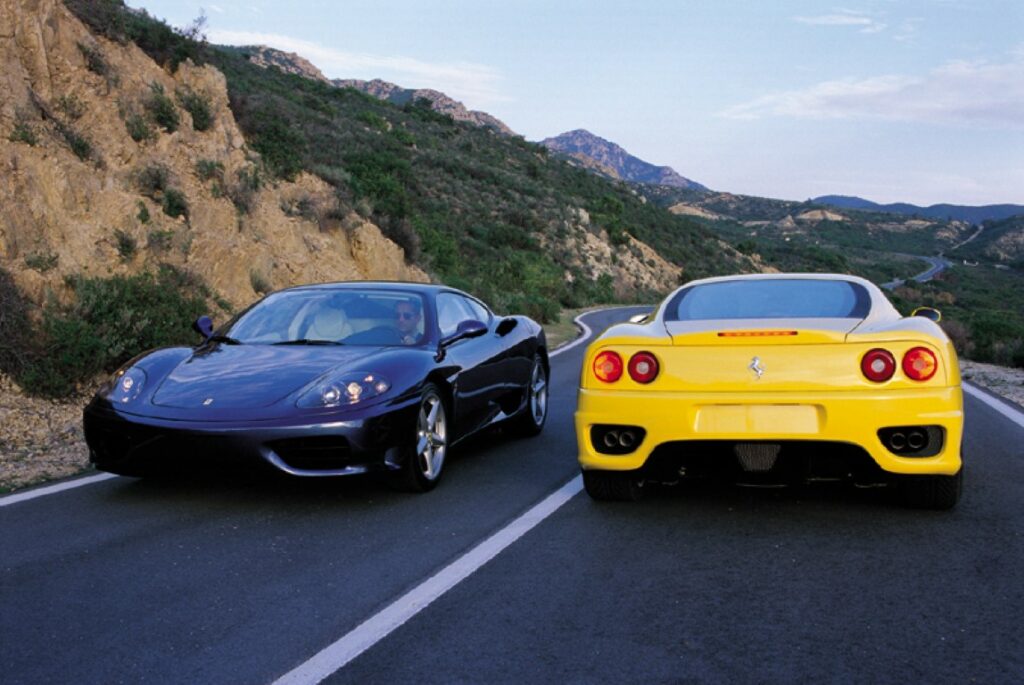
With genuine day-to-day driveability, contemporary performance levels and a relatively inexpensive entry price, there is much to like about the 360. Mileages can be a bit higher than in earlier Ferraris, a testament to the increased reliability.
If looking for a manual, you will need patience; the majority of cars came with the F1 ’box. The split between the hard-top Modena and Spider was even, and used values are broadly similar, too. The manual hard-tops are still the most desirable of the standard offerings, and can command up to a 30 percent premium. “I’d go for a low-mileage, late, manual Modena,” advises Ashley. “We’re getting to the age where F1 pumps and actuators need expensive replacement. Still, I’m not sure manuals are worth £15,000 more than an F1 car.”
The hardcore Challenge Stradale still offers a much sharper driving experience, especially on track. These are available only with the F1 ’box, but can cost the equivalent of two normal 360s, if not more. Evidence of regular maintenance and a once-over by a specialist are vital in ensuring that big bills won’t be lurking down the road. The 360 is a great entry point into Ferrari ownership, and it still offers the kind of engaging experience you would expect from the brand – rampant pace, gorgeous looks and a heart-soaring sound from its V8.
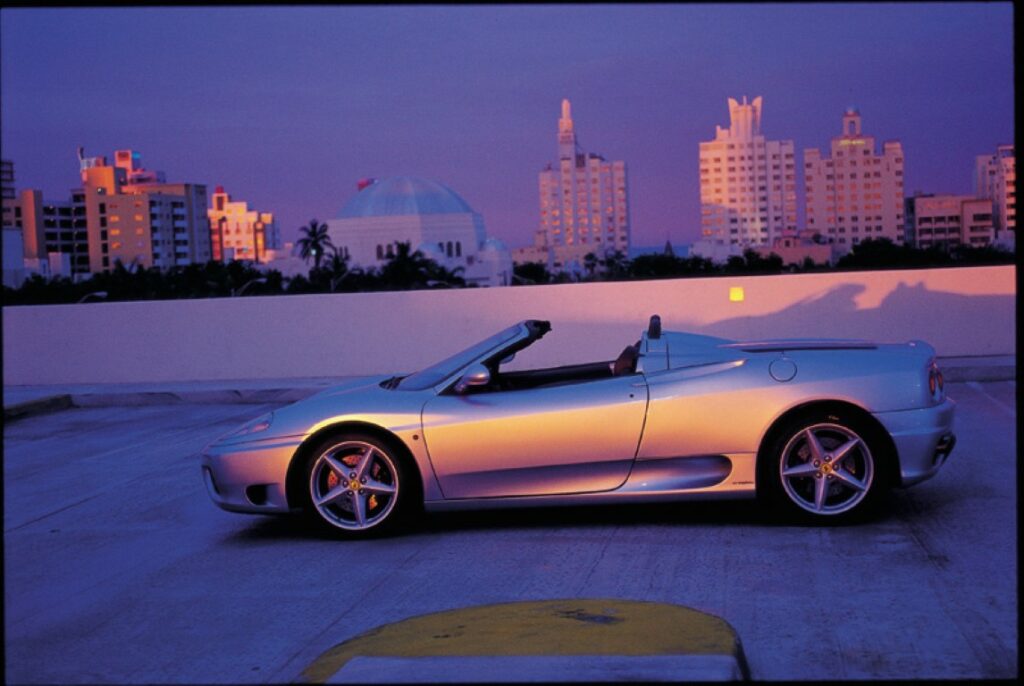
WHAT TO PAY
UK (2003 Coupé)
FAIR: £40,000
GOOD: £53,000
EXCELLENT: £63,000
CONCOURS: £85,000
US (2003 Coupé)
FAIR: $73,000
GOOD: $80,800
EXCELLENT: $108,000
CONCOURS: $120,000
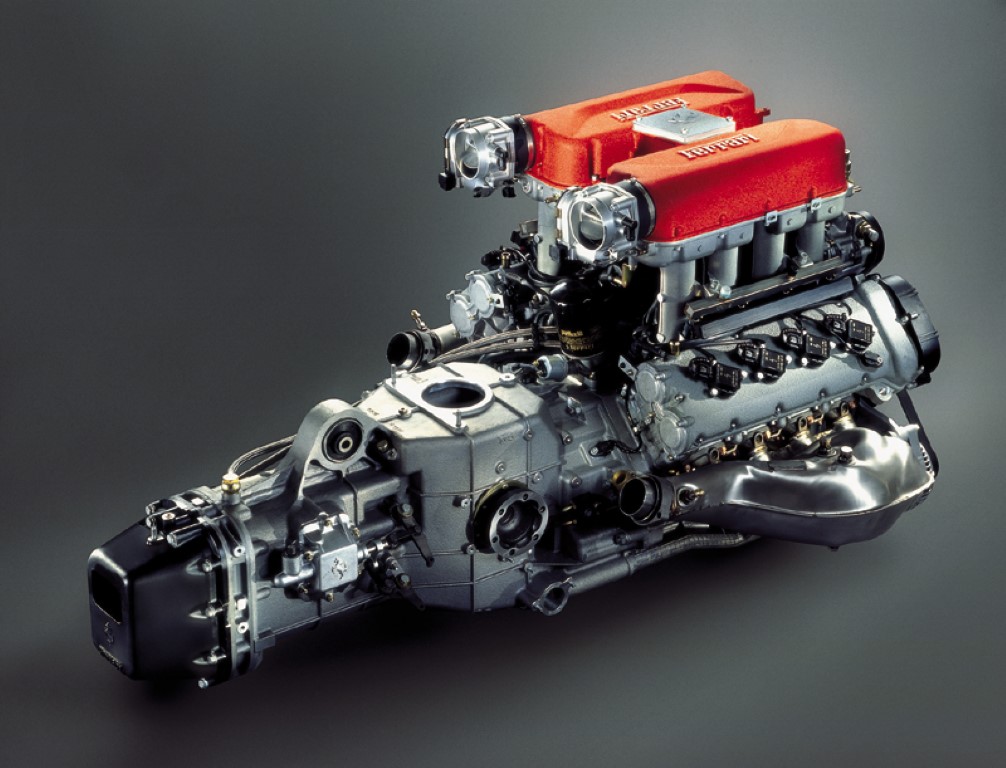
SPECIFICATIONS
3.6-litre V8 (Modena and Spider)
Power: 395bhp
Top speed: 184mph
0-60mph: 4.3 seconds
3.6-litre V8 (Challenge Stradale)
Power: 420bhp
Top speed: 186mph
0-60mph: 4.0 seconds
